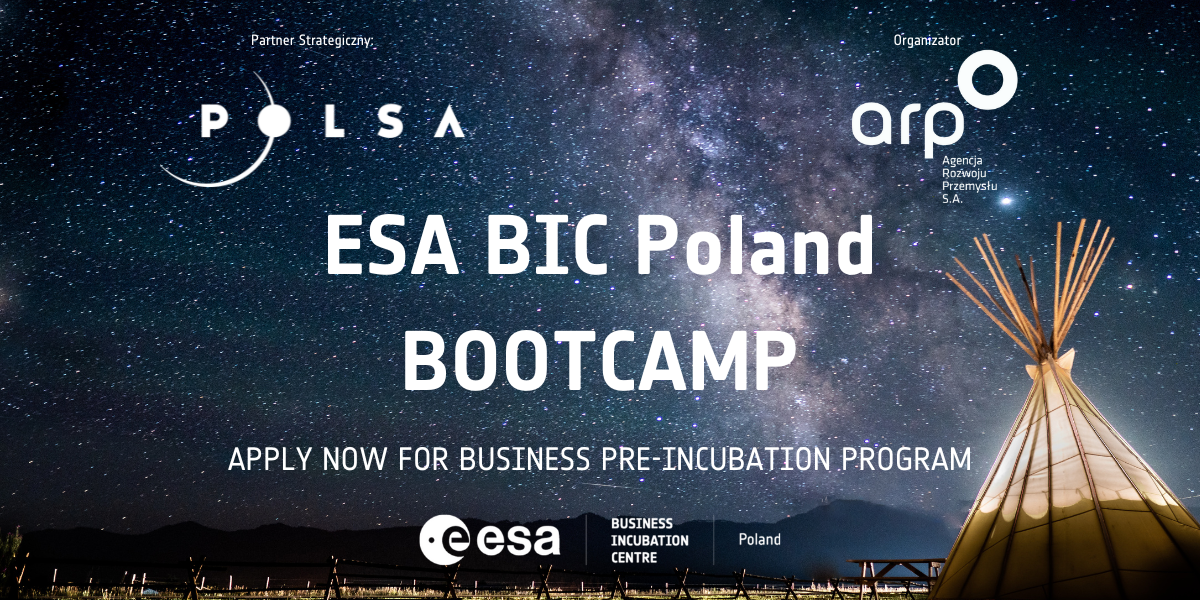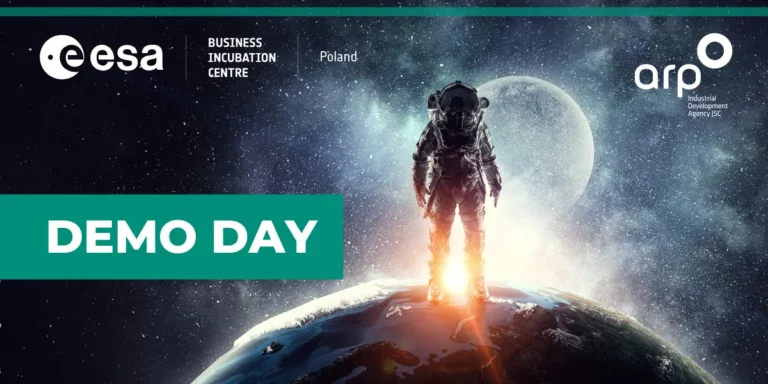Mobile Monitoring’s time at ESA BIC Poland has been a chapter of testing, learning, and scaling — all with one goal: keeping our waters safe with the help of space technology
When Mobile Monitoring joined ESA BIC Poland, they had one mission in mind: to create a scalable, autonomous system that could track water anomalies using the power of satellites, drones, and smart buoys. Their goal? To bridge the gap between on-site measurements and Earth observation data — making environmental threats like algae blooms or pollution easier to detect, understand, and respond to.
“Incubation helped us validate satellite sources, align drone data with EO data, and begin automating alerts and visualizations in our platform,” the team explains — highlighting how the ESA BIC framework helped them refine their unique blend of in-situ and satellite monitoring.
Satellites at the Service of Water
Throughout the incubation, the team made impressive progress on multiple fronts. They developed and field-tested working prototypes of a monitoring buoy and a USV drone. These tools, designed to collect in-situ data from rivers, lakes, and coastal zones, were seamlessly connected with satellite data (like Sentinel imagery and GNSS positioning). The result: an integrated system with real-time alerts, a visual web interface, and a weather notification tool — all essential elements of a fast, responsive monitoring platform.
Support that Scales
While technical milestones were key, strategic collaborations helped push the project forward. The University of Gdańsk became a trusted research partner, offering satellite data insights and testing grounds. Support from ESA BIC Poland partners such as ICEYE, ABGI Poland, and Osborne Clarke helped shape both the technological roadmap and the business strategy — from data integration to legal protection of their IP.
Taking on the Market
The startup didn’t stop at building tech. During the incubation, they gained traction with industrial clients, opened discussions with key Polish ports, and launched early-stage cooperation with military entities. Their presence grew across the region and internationally — supported by the BSR GOabroad programme and participation in leading defense and maritime events in Poland, Spain, and France. A successful pilot deployment and growing interest from international partners confirmed the strong commercial potential of their solution.
Recognition and Momentum
Along the way, Mobile Monitoring was recognized in the Skylight Accelerator by Orlen, joined the Polish Chamber of Unmanned Systems, and became the official partner of FIFISH ROVs in Poland. These milestones strengthened their position in both the civilian and defense markets, confirming the broad applicability of their technology in environmental protection and infrastructure monitoring.
What’s Next?
The team’s next steps will focus on commercial pilots, full system integration, and product scaling. Their roadmap includes enhanced automation of satellite data, stronger AI-based anomaly detection, and new deployments across Europe. Expanding from the Baltic Sea region into wider European markets, Mobile Monitoring is pursuing a bold long-term vision: to become a global leader in autonomous, satellite-enhanced monitoring systems for critical infrastructure and environmental protection.




